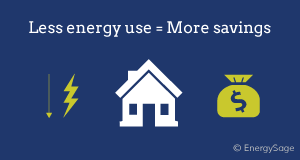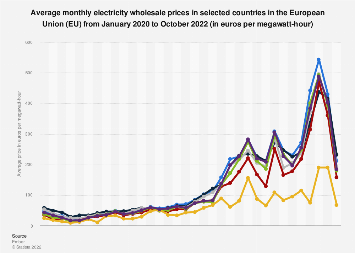The BECCS facility must be properly positioned, taking into account the low-carbon resources in its area, available biomass, and topography for deployment and the achievement of a negative carbon balance. On average, across the three supply lines, a 10km change in BECCS installation conditions results in an 8.6-13.1% increase in the supply curve. BECCS plants produce low clean CO2 and high efficiency with low emissions when located in the industrial cluster, while clean CO2 producers with low efficiency work well outside the cluster. A map is also created to identify which of the three modelled supply chains provides the lowest greenhouse gas emissions option for the UK region at a rate of 1 MtCO2/yr- Power to Choose Dallas .

Bioenergy with Carbon Capture and Storage (BECCS) will likely play an important and critical role in limiting global temperature increase to 1.5 and 2.0 °C and achieving the global net zero carbon goal by ‘waste removal is difficult to reduce. BECCS is an application of carbon capture and storage (CCS) technology and bioenergy infrastructure where biogenic CO2 is transferred to preserve a “sustainable” soil reservoir. BECCS, as a form of carbon dioxide removal (CDR), is expected to deliver between 43.5 and 96.5 MtCO2 / yr. in the UK by 2050, according to the Sixth Committee carbon budget facing the situation and climate change. BECCS is expected to contribute to the majority of casualties, with air capture and defense (DACS) and other CDR methods providing the remainder.
BECCS is a diverse and unique technology:
Most of these nationally approved grants do not specify the type of BECCS that will be used to create a negative atmosphere and often state that the general type of BECCS will meet their objectives. BECCS is not a monolithic technology and no two installations are the same. BECCS is a diverse and unique technology that must be properly adapted to its local resources, available biomass, economic environment, energy systems, land management policies, political conditions, political conditions, and geography. For proper delivery and integration. BECCS facilities and supply chains that work well in one location may not work at the same level in another. This analysis shows where the Carbon Navigation System (CNS) model is used to measure and monitor the carbon performance of the BECCS supply chain across the UK. The CNS was created as a catalyst to assist policymakers and decision-makers in delivering carbon-efficient BECCS across the UK. This article describes an analysis of three BECCS chains being delivered across the UK, each designed to save 1 MtCO2/year, as this reflects the number of large-scale BECCS installations to come, and -create carbon performance heatmaps showing differences in installation performance across different countries., biomass distribution, access to soil conservation, and access to low-carbon resources. Fireworks have been created for Scotland, England, and Wales, focusing on five Carbon Capture Clusters (ICCS) across the UK. The paper will also determine the degree of impact on supply chain outcomes from the move to BECCS deployments across the UK. Supply chain emissions are those emissions that vary depending on the source of energy; these include transportation and resource mobilization. The document also provides a comparative decision map that describes which of the three supply chains modelled by BECCS save 1 MtCO2/yr. for a small amount of greenhouse gas emissions anywhere in the kingdom. -United.

